Calico cats are known for their bold tri-color coats. Regardless of color, they thrive on a high-quality, balanced diet high in animal protein. As obligate carnivores, calicos (mostly female) get most of their nutrients from meat by best food for calico cats. Wild cats (the ancestors of pet cats) eat mostly rodents and birds. Studies show feral cats obtain about 52% of their calories from protein and 46% from fat. This means premium cat foods that mimic a natural prey diet – rich in meat and low in fillers – are ideal.
Calico cats do not need special color-specific food. Instead, focus on general cat nutrition: high protein, moderate fat, and minimal carbohydrates. For example, one expert notes a “complete and balanced cat food, whether dried or canned, is generally a great option for calicoes”. In practice, that means choosing AAFCO-approved diets rich in real meat (chicken, turkey, salmon, etc.), and plenty of wet (canned) food to ensure hydration.
- Real turkey delivers the taste cats love, while a rich gravy for cats adds flavor and moisture
- Friskies Prime Filets wet cat food with shredded chunks to offer a tender, tempting texture. 100 percent complete and ba…
- Friskies canned cat food containing essential vitamins and minerals. Enticing aroma piques her curiosity
Understanding Calico Cats: Traits & Needs
Calico coloring isn’t a breed but a coat pattern (white with orange and black patches) that appears in many breeds. Nearly all calicos are female; only about 1 in 3,000 calicos is male. Male calicos often have health issues (due to an extra X chromosome) and are usually sterile.
Calico cats are famed for their distinctive personalities. Owners often describe them as spunky, independent, and sassy. They can be playful and affectionate: Spruce Pets notes calicos are “sweet, loving, and loyal” once bonded to their family. There is no scientific evidence that coat color dictates temperament but many owners insist calicos have a “pep and sass”, especially females. In short, treat personality as individual: some calicos are energetic and vocal, others mellow.
Calicos can be shorthaired or longhaired (depending on breed), and grooming needs vary. Breed characteristics matter more than color for care and health. For example, a longhaired calico may need daily brushing. Regardless of breed, all cats – including calicos – need regular vet check-ups, dental care, and exercise. The Spruce Pets guide emphasizes “all cats need exercise and enrichment… [and] regular vet care”.
- Common Calico Breeds: American Shorthair, British Shorthair, Cornish Rex, Devon Rex, Exotic Shorthair, Japanese Bobtail, Maine Coon, Norwegian Forest, Persian, Scottish Fold, Turkish Angora, Turkish Van.
- Lifespan: About 15 years on average. Genetics and breed affect longevity. For instance, a Maine Coon calico may live ~12–15 years, while a Persian can reach 15–20. Providing a balanced diet and good care can help any calico live a long, healthy life best food for calico cats.
Nutritional Needs of Best Food for Calico Cats:
Calico cats have no unique dietary requirements based on color. Like all cats, they are obligate carnivores. Key nutrition facts:
- High Protein: Cats need animal-based protein for energy and repair. Ideally, protein should make up ~50% of calories. Feral cats naturally eat mostly small prey (rabbits, rodents) rich in protein. Look for foods with named meat as first ingredients (e.g., chicken, turkey, fish).
- Healthy Fats: Fat is energy-rich and aids nutrient absorption. A wild cat’s diet is ~46% fat. Good cat foods include chicken fat, fish oil (omega-3/6), which help skin and coat health best food for calico cats
- Vitamins & Minerals: Essential micronutrients (vitamin A, B12, D, E, K, calcium, phosphorus, etc.) are crucial for bones, vision, immunity, and metabolic health. AAFCO-complete foods already balance these nutrients, so you generally don’t need extra supplements if feeding a quality diet.
- Low Carbohydrates: Cats have minimal carb needs. In the wild, they get almost 0% from carb. Many commercial foods contain carbs (rice, grains) as fillers, but cats do best on meat-based diets. Aim for diets labeled “grain-free” or “low carb” as a guideline, but still ensure overall balance best food for calico cats.
Nutrition Tips: Offer both dry and canned food for variety. Canned (wet) food provides hydration and high protein. If your calico is prone to weight gain (common in spayed indoor cats), choose weight management formulas that are high-protein, high-fiber, and moderate in calories. Many vets recommend feeding smaller meals multiple times daily to mimic natural hunting patterns best food for calico cats.
Typical Diet Chart: For an average 10 lb adult cat, feed about ½ to ¾ cup of dry food per day (split into meals), or 4–6 oz of canned per meal, adjusting for your cat’s activity and body condition. Always provide fresh water best food for calico cats.
Choosing the Best Food: Top Picks & Advice
Because calico cats are not breed-specific, pick foods based on age, health, and activity, not color. Here are general guidelines for the best cat foods in the USA (similarly applicable in the UK and Germany):
- Balanced Commercial Diet: Veterinary nutritionists advise AAFCO-approved diets labeled for your cat’s life stage. Check labels: high in animal protein, moderate fat, low sugar/carbs. Top brands (Blue Buffalo, Purina Pro Plan, Royal Canin, Wellness CORE, Hill’s Science Diet, etc.) offer formulas for indoor, active, or age-specific needs. (For example, Wellness CORE is a popular high-protein brand, and Royal Canin has breed/size-specific lines best food for calico cats.
- Wet vs. Dry Food: Canned foods often have higher moisture and protein. Including wet food ensures hydration and variety. Many calicos enjoy wet pate or chunks in gravy (especially chicken or poultry flavors). Dry kibble is convenient but choose high-protein, grain-free options when possible. A mix of both can keep mealtime interesting best food for calico cats.
- Special Diets: If your calico needs weight control, look for Weight Control or Indoor formulas (often from Hill’s, Royal Canin, Purina). These have fibers and L-carnitine to help maintain lean body mass. For senior calicos, Senior formulas (e.g., Purina Pro Plan Senior, Royal Canin Aging) support joint health. Always consult your vet for any diet tied to health issues (allergies, kidney support, etc.).
- Natural/Raw Options: Some owners prefer raw or freeze-dried diets with no fillers. Brands like Stella & Chewy’s, Primal, or Honest Kitchen offer grain-free meat diets. If you choose raw, ensure it’s nutritionally balanced (look for “complete” formulas or add vet-approved supplements). Raw feeding can better mimic a wild diet, but must be handled safely to prevent bacterial risk best food for calico cats
Retail Availability: In the USA, UK, and Germany, you can find most major cat food brands online or in pet stores. For example, popular US brands (Purina, Blue Buffalo, Wellness) are widely available in PetSmart or Chewy. In the UK, look for Applaws, Lily’s Kitchen, or James Wellbeloved (with similar meat-rich formulas). In Germany, brands like Animonda or Mac’s emphasize high meat content. Regardless of location, always read ingredients and guaranteed analysis.
Key Point: Quality matters more than “color-specific” claims. There is no scientific evidence that calico coloration requires unique nutrition. Instead, follow the same best-practice diet advice you’d give any feline friend best food for calico cats.
Feeding Tips & Common Myths
- Calorie Control: After spaying/neutering (common for calicos), cats often slow down. Keep an eye on body weight and adjust portions. Overweight cats benefit from portion control and regular exercise (play sessions).
- Introductions: When switching foods, do it gradually over 7–10 days to avoid upset stomach (mix old and new food, increasing new food daily).
- Freshness: Store dry food in a cool, dry place. Once opened, use canned food within a day or refrigerate leftovers (discard after 24h). Always provide fresh water, especially if feeding mostly dry kibble best food for calico cats.
Common Calico Myths (Debunked):
- “Calico cats have special dietary needs.” No – their diet is the same as any cat’s. Focus on balanced nutrition, not coat color.
- “Calicos are always picky eaters.” Some owners report pickiness, but preferences vary by individual. If a calico favors poultry or wet food, that’s personal taste, not a color-driven trait. (Owner forums like Reddit often note calicos preferring chicken/duck or gravy-style foods.)
- “Calicos are aggressive or temperamental.” Calico temperament myths exist, but research shows no proven link between coat color and behavior. Some studies even suggest calicos might be more assertive, yet many are friendly and playful. Treat each calico as an individual.
- “Calicos are autistic.” Absolutely not. Autism is a human neurodevelopmental disorder. Veterinary experts clearly state that “cats perceive the world differently; autism describes human neurology, it simply doesn’t apply to cats… So no, Calico cats are not autistic.” Unique quirks in a cat’s behavior are just personality, not autism best food for calico cats
- “Calicos are rare/magic, so they should eat special food.” It’s true male calicos are rare (1 in 3000) but female calicos are fairly common. Their “good luck” reputation (like Japan’s Maneki-Neko) is cultural, not dietary.
Digestible Nutrients Checklist: According to pet nutrition experts, key ingredients in your cat’s food should include:
- Water & Moisture: Cats naturally get hydration from wet food. Ensure clean water is always available.
- Protein: Named meat (chicken, salmon, turkey) as first ingredients – vital for growth and muscle.
- Fats: Healthy animal fats (chicken fat, fish oil) – for energy and skin health best food for calico cats.
- Vitamins/Minerals: Meet AAFCO standards (includes taurine, essential vitamins A, B, D, E, K, minerals like calcium/phosphorus).
- Low Carbs: Ideally grains or fillers come after the first few ingredients, reflecting minimal carb levels (remember wild diet!).
Frequently Asked Questions
Q: What is the best food for a calico cat?
A: There’s no color-specific food. The best choice is a complete, balanced cat food high in animal protein and nutrients. For example, canned chicken or turkey formulas and high-protein kibble are excellent. Choose reputable brands (AAFCO-approved) and consider your cat’s life stage (kitten, adult, senior) and health. Always include wet food if possible and fresh water daily best food for calico cats.
Q: Do calico cats need a special diet?
A: No. Calico cats have the same nutritional needs as other domestic cats. Follow general cat feeding guidelines: high-quality protein, healthy fats, low carbs. Regular veterinary checkups will determine if your cat has any unique health or diet requirements (like weight management or allergies).
Q: How rare are calico cats?
A: Female calicos are quite common among domestic cats. What’s rare is a male calico – about 1 in 3,000 calico cats is male. This isn’t due to diet but genetics. So don’t worry about rarity when choosing food; just feed your calico like any other cat.
Q: How long do calico cats live?
A: On average, calico cats live about 15 years. Proper nutrition, regular vet care, and a safe indoor environment can help your calico reach or exceed this lifespan. Some live into their late teens, especially indoor spayed females.
Q: Are calico cats more expensive?
A: The calico color pattern itself doesn’t affect price much. Adoption fees for any cat are usually $75–$250. If you buy from a breeder, costs depend on breed (e.g. calico Maine Coon or Persian kittens can be $1,000+). The Hepper guide notes adoption costs ~$100–$250, while purebred calico kittens can run $500–$2,000. Annual food costs vary by diet, but a premium diet can be $500+ per year best food for calico cats
Q: What do calico cats eat in the wild?
A: Calico cats are domestic, but their ancestors (wild cats) ate almost exclusively meat. Wild felines hunt small mammals (mice, rabbits), birds, insects and reptiles. Feral cats in Australia were found to consume 400+ prey species, mostly rabbits and rodents. This underscores that high-protein, meat-based diets best satisfy a cat’s biology.
Q: Are calico cats good pets?
A: Yes! With proper care, calicos can be wonderful companions. They often have vivacious personalities and vibrant coats that many owners find attractive. Regular nutrition, playtime, and grooming (if longhaired) will keep your calico healthy and happy best food for calico cats.
Conclusion
In summary, feeding your calico cat well means focusing on high-quality, balanced cat food – not the coat color. Use premium wet and dry foods rich in animal protein and nutrients. Remember that calico cats (like all cats) thrive on a diet mimicking what they would eat in nature. Whether in the USA, UK, or Germany, look for cat foods labeled for your cat’s age and health, and check ingredient lists closely. Provide plenty of hydration, monitor body weight, and enjoy the spunky, affectionate personality of your calico best food for calico cats.
- Real turkey delivers the taste cats love, while a rich gravy for cats adds flavor and moisture
- Friskies Prime Filets wet cat food with shredded chunks to offer a tender, tempting texture. 100 percent complete and ba…
- Friskies canned cat food containing essential vitamins and minerals. Enticing aroma piques her curiosity
If you found this guide helpful, share it with fellow cat lovers and drop a comment below with your calico’s favorite food or feeding tip. Engaging with other pet parents can help everyone give their calico the best care possible. Enjoy nourishing your beautiful calico with the best food for a long, healthy life!

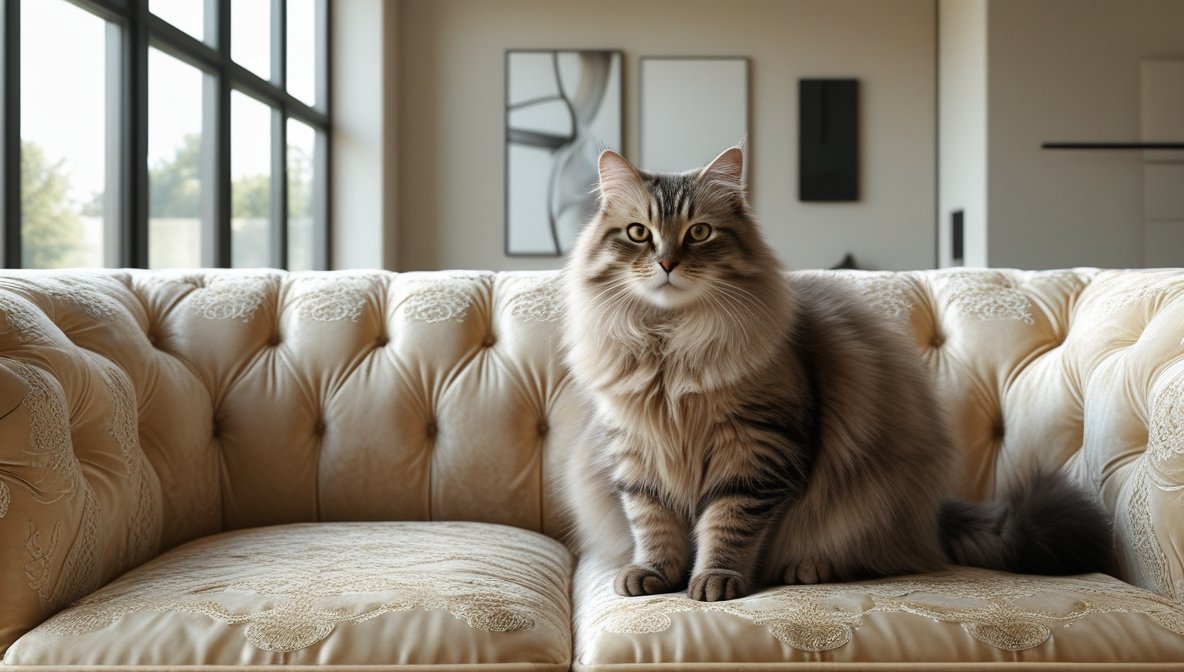
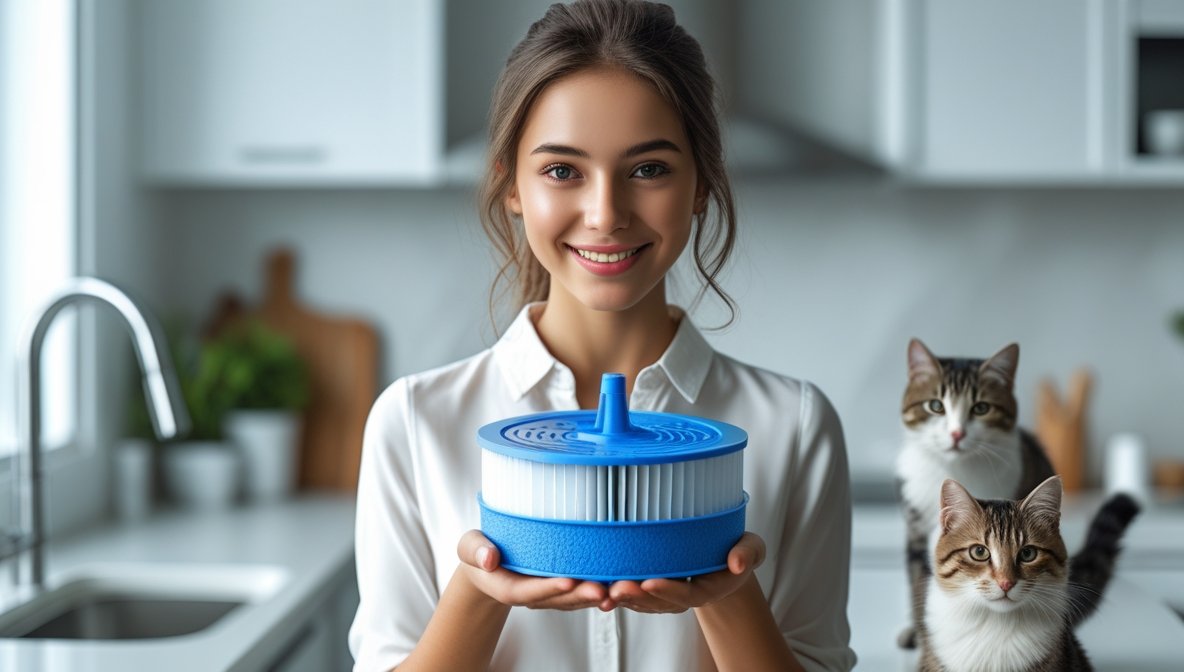
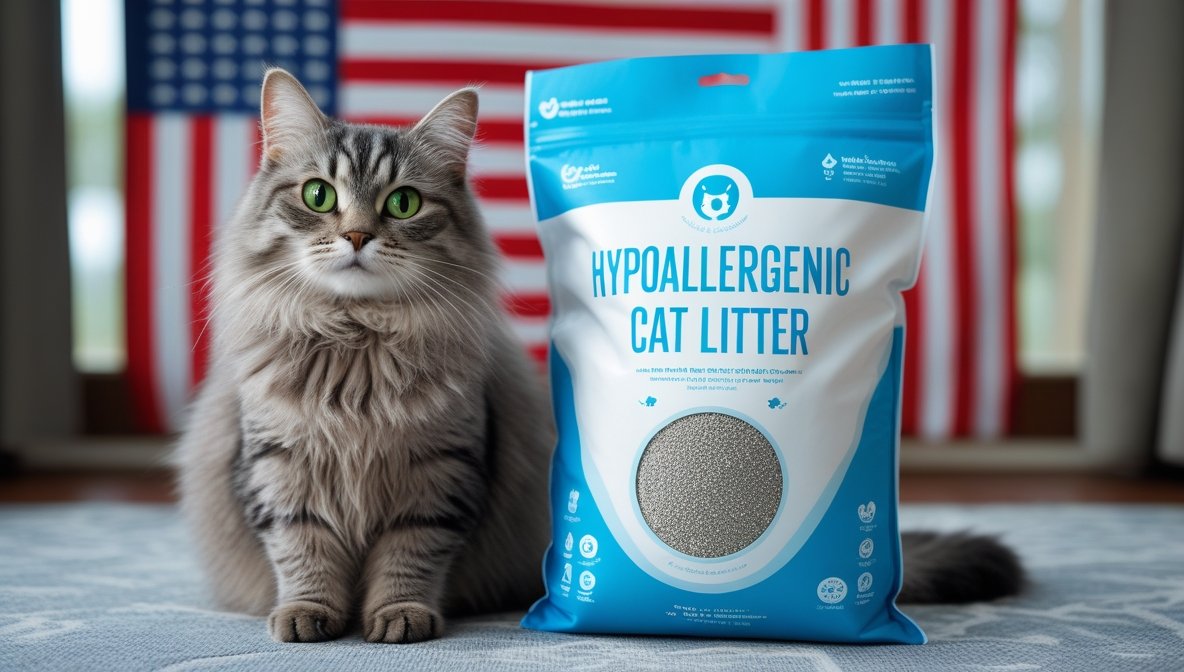
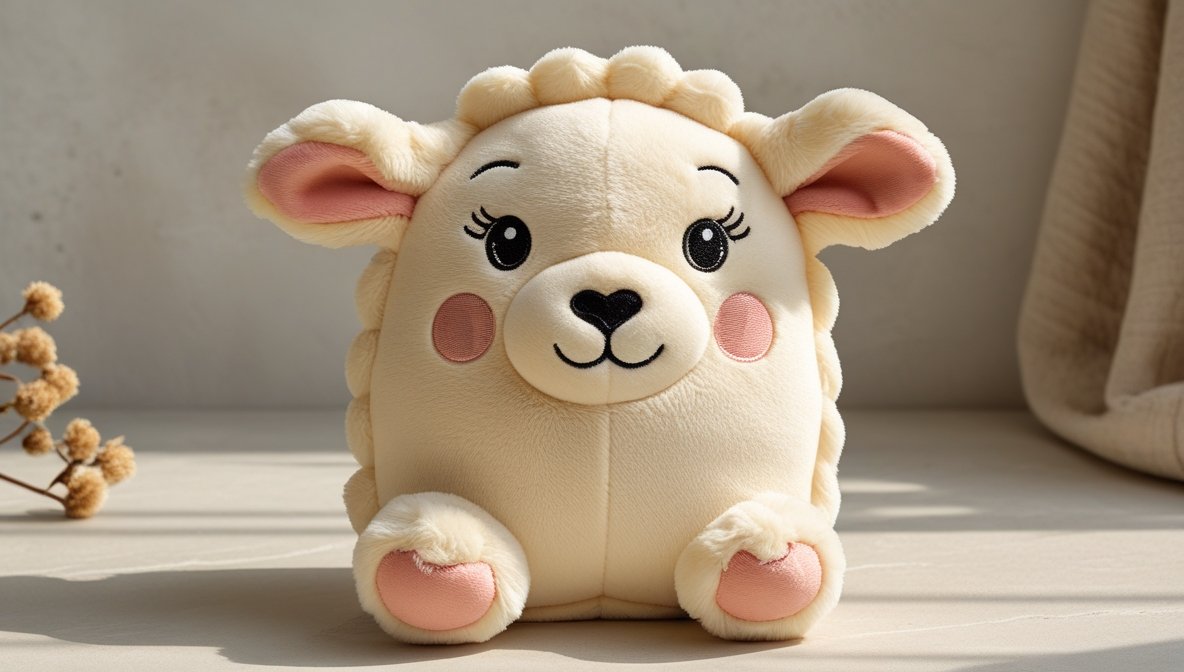
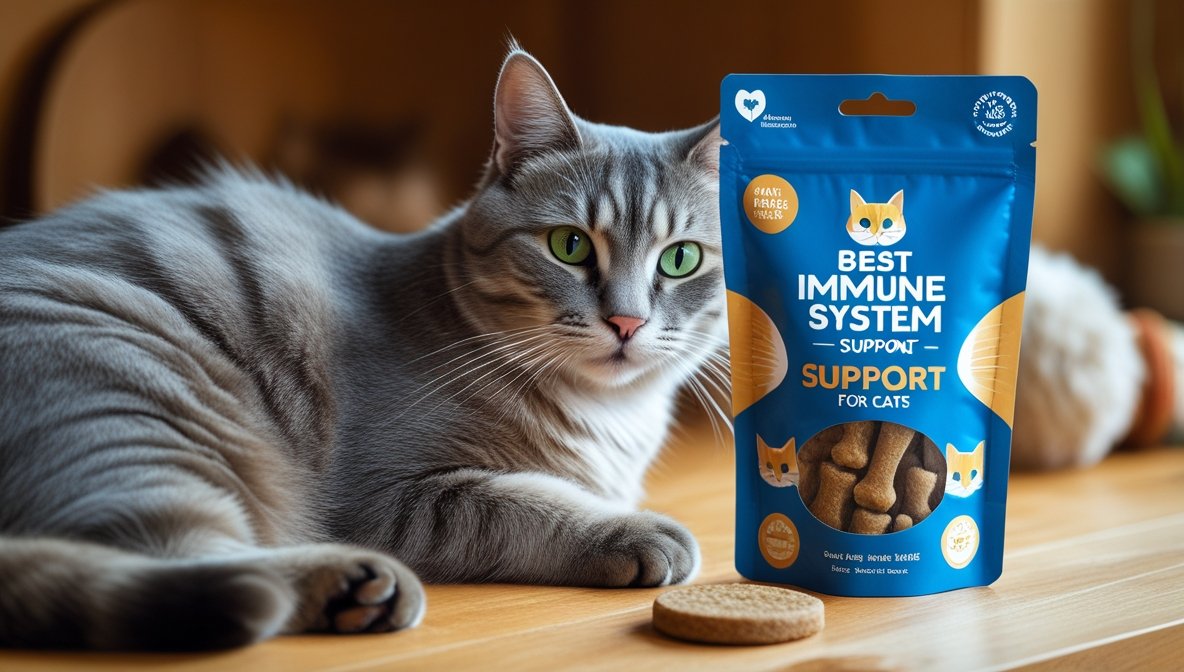


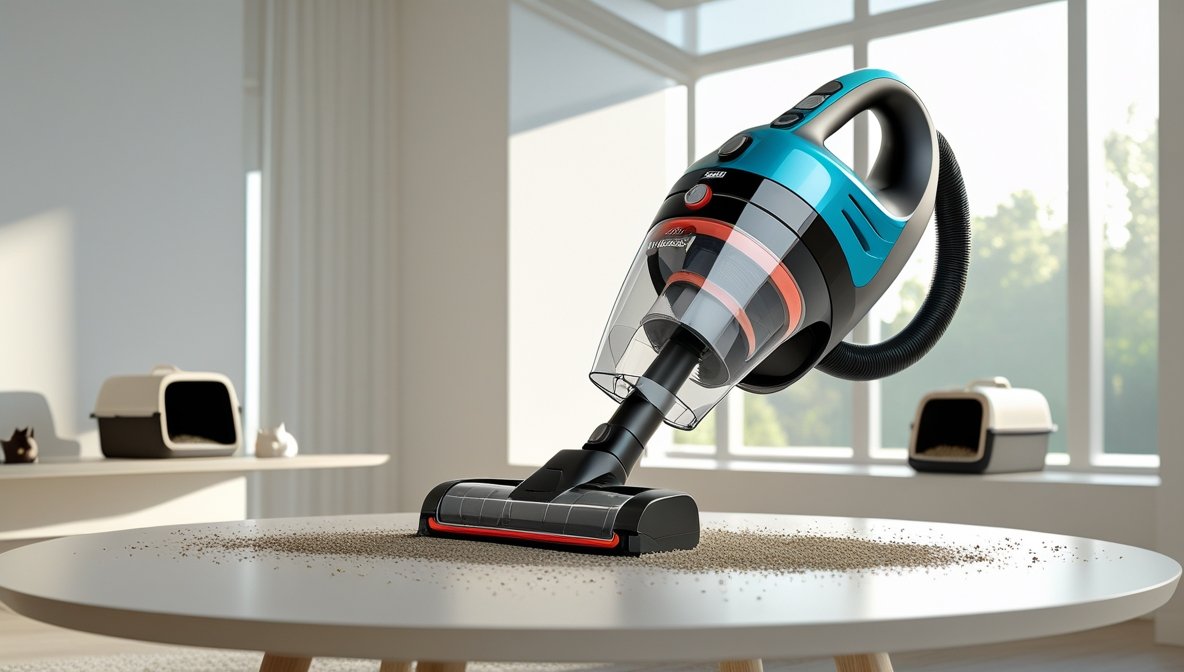
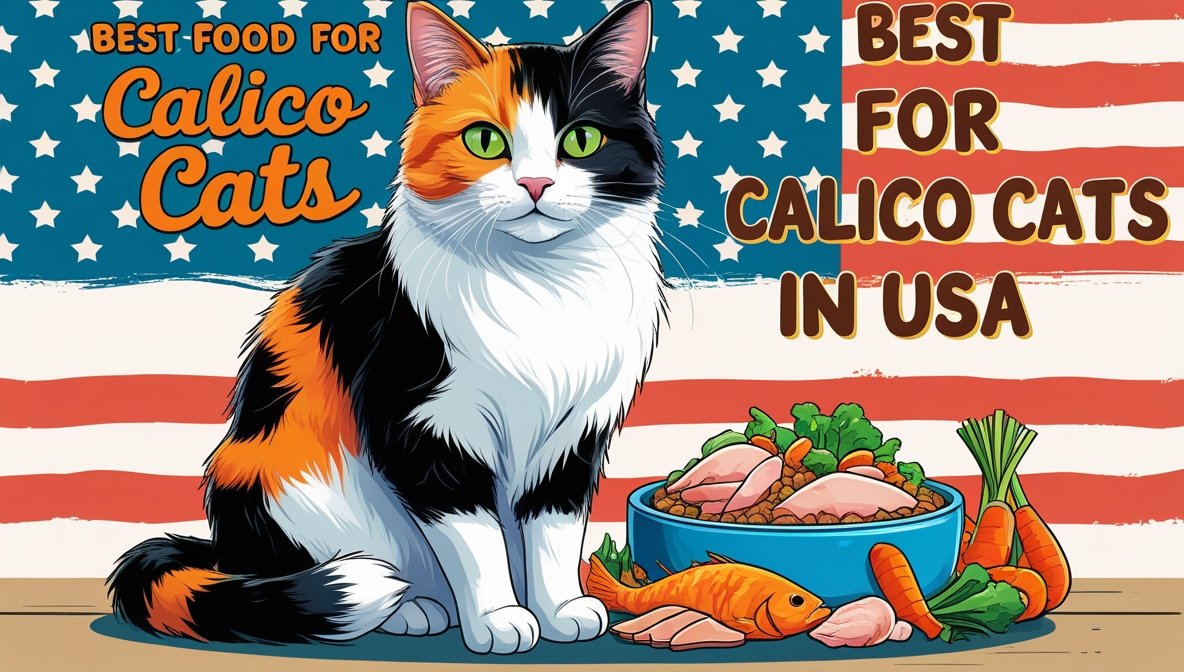





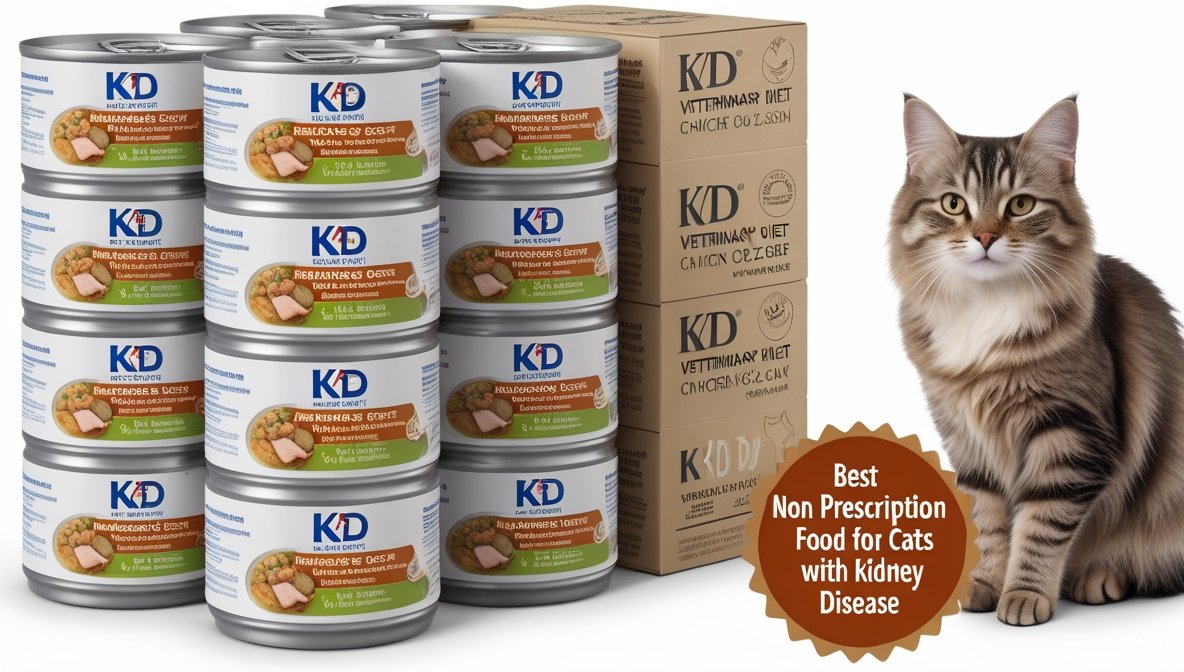
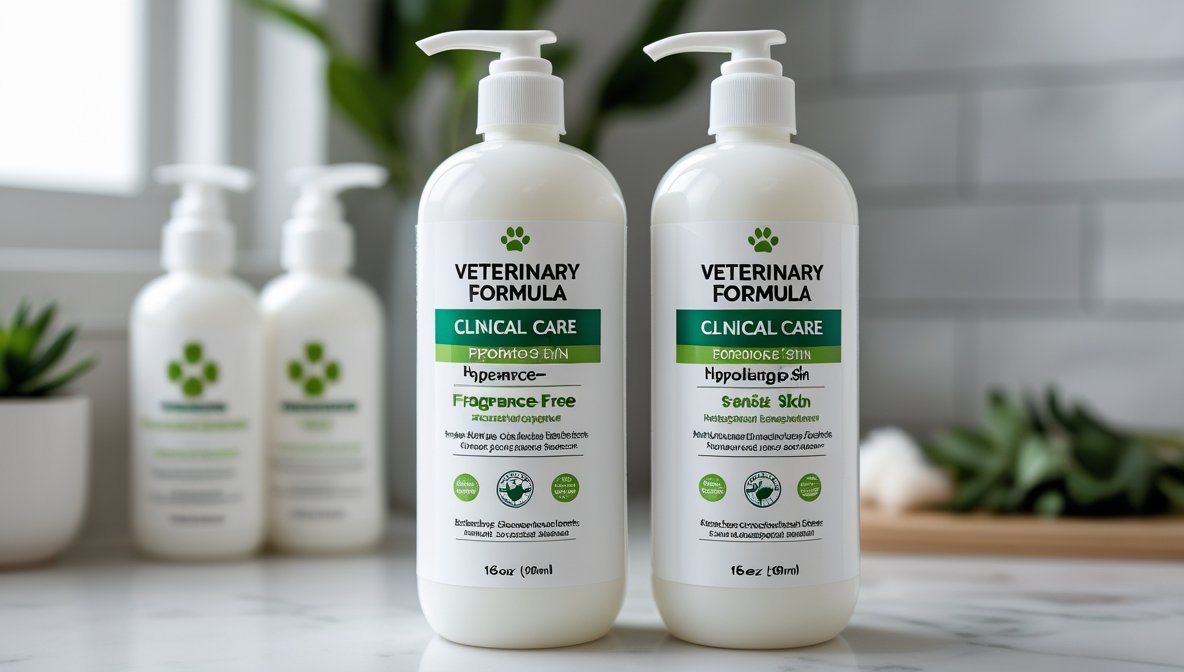
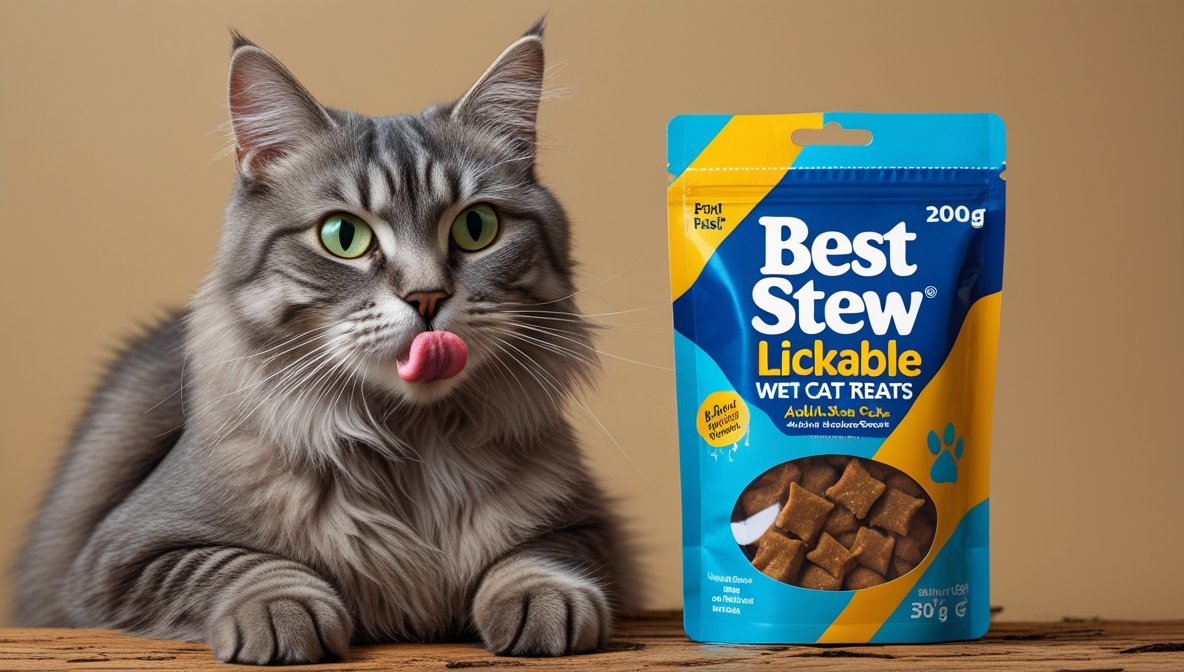
Comment on “Best Food for Calico Cats in USA: Ultimate Nutrition Guide”